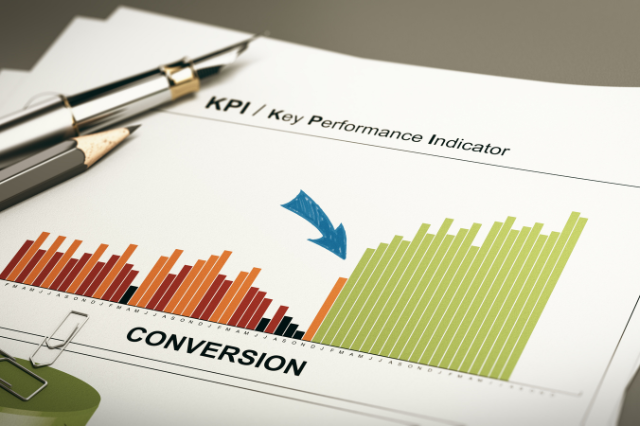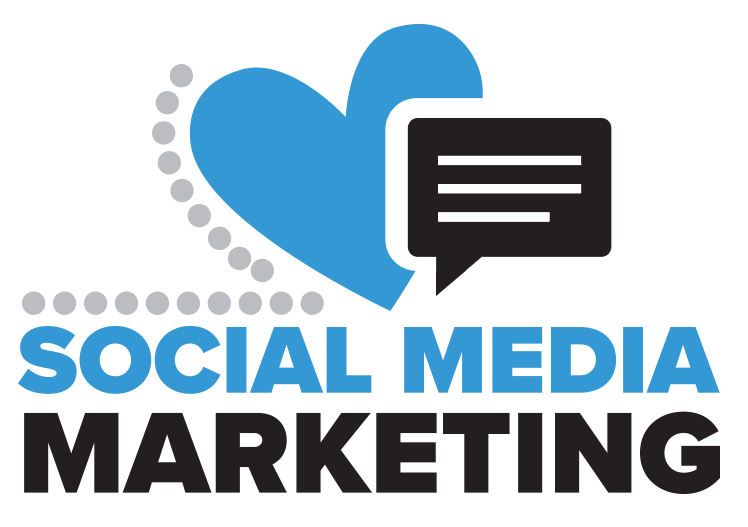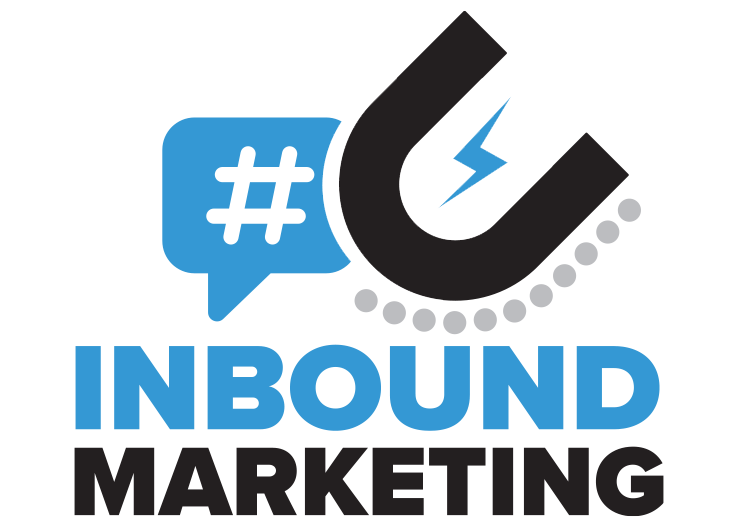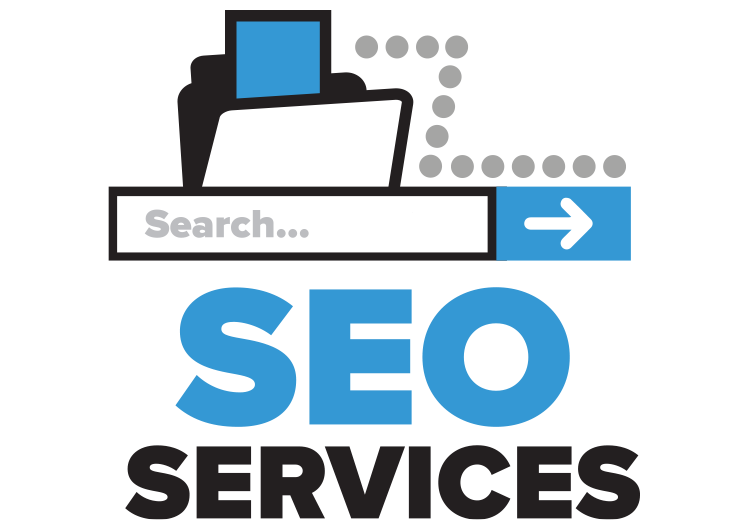
When creating content, the overall goal is always to increase conversions. However, the issue with that goal is that businesses want to see results now and will try to take shortcuts. But sadly, there are no shortcuts when it comes to increasing conversions. Increasing conversions takes time, patience, and consistency.
A conversion rate is the percentage of visitors that visit your website and become actual customers. The main goal of your website is to persuade a visitor to take the desired action, such as purchasing a product or subscribing to a service. So, now that we know what a conversion rate is, let us dive into how your business can optimize for better conversion rates!
What Are the Steps of Conversion Optimization?
There are four main phases when it comes to optimizing your conversion rate. These phases are:
Research Phase
This first phase can be time-consuming; however, it will save precious time and resources in the long run if completed to its full extent. During this stage, it is crucial to understand your target audience. Therefore, you will want to begin looking at your key performance indicators, which include metrics such as bounce rate, interactions per visit, click-through rate, and more. Once you have compiled this data, it is critical to understand what these numbers mean and ask why these numbers are what they are.
Hypothesis Phase
The second stage consists of using the information you gathered in the research stage and forming a hypothesis that helps achieve the goals and the results your business wants to see. During this phase, it is necessary to use some form of testing, such as A/B testing, so you can compare two versions of your elements (website pages, email scripts, headlines, images, CTA’s) and determine which performs better.
Prioritization Phase
Once you have created your hypothesis, you will want to prioritize them. Prioritizing your hypotheses can be done by taking into account the overall goals of your business and the problems that your business is experiencing.
Testing Phase
This phase is all about putting your hypothesis into action. You will want to run your hypothesis based on the prioritization from the previous stage. The main goal of this phase is to run all your test so you can determine which helps your business and which has an undesired effect.
Learning Phase
Once you have completed your test, you need to determine which hypotheses were successful. Typically, if successful, hypotheses are immediately implemented; however, it is imperative to ensure that there were no loopholes or additional mistakes that skewed your results. Once you have considered all possible issues, you can implement the needed changes.
Overall, optimizing your conversion rate can be a difficult, rigorous task, but the benefits reaped from doing so definitely outweigh the work needed. The key to optimizing your conversion rates is to do it correctly and consistently, as this will allow your business to continue attracting more customers without allocating a fortune on marketing. If you need help optimizing your conversion rate, contact us or check out Greyphin’s Inbound Marketing Services!









